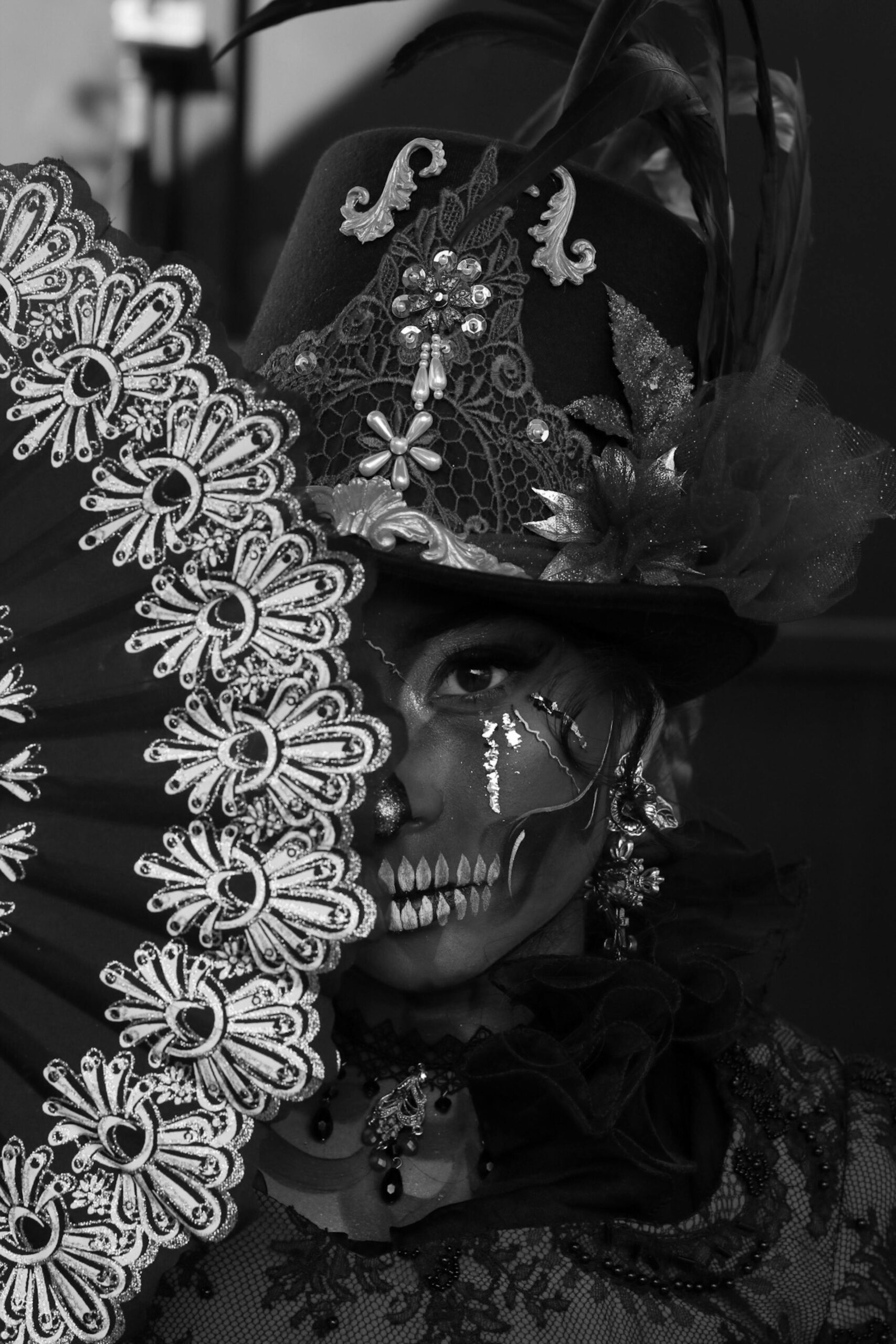Updated: November 5, 2025
What do you think Christmas looked like over a century ago in America? It’s fascinating to consider how traditions evolve, influenced by the changing societies and cultures around us. As we reflect on Christmas in 19th century America, you’ll find a rich tapestry woven from a fusion of different customs—both new and old—that shaped the way people celebrated the holiday back then.
Table of Contents
The Historical Context of the 19th Century
Understanding Christmas in 19th century America requires a brief look at the historical backdrop. The 1800s were a time of great change, marked by industrialization, urbanization, and shifts in social structures. People were experiencing a significant cultural transformation, transitioning from agrarian lifestyles to increasingly urban settings.
In the early part of the century, Christmas was not yet a widely celebrated holiday in America. It wasn’t until the latter half of the century that it began to take on the festive characteristics we recognize today. You can see how these changes brought a fresh warmth to the holiday season, influenced by both political and economic factors.
Shifts in Society
The Industrial Revolution vastly changed how people lived and worked. Families moved from rural farms to bustling cities, where they faced new challenges and opportunities. This migration led to a desire for community-focused celebrations that would bring joy and a sense of togetherness during the long winter months.
The social fabric of America was also undergoing shifts. The arrival of different immigrant groups brought varied customs and traditions, enriching the American Christmas experience. These newcomers often infused their own cultural practices into the festivities, marking a time of greater inclusion and diversity.
The Evolution of Christmas Traditions
In the earlier part of the century, Christmas customs in America weren’t as standardized as they are today. You might have encountered different practices in New England compared to those in the southern states. However, as the century advanced, a more cohesive set of traditions began to emerge.
The Influence of Literature and Media
One key factor in shaping Christmas traditions was the influence of literature. Charles Dickens’ “A Christmas Carol,” published in 1843, is a prime example. The story encouraged values of charity, goodwill, and togetherness, striking a chord with readers. As people connected with the themes portrayed, the desire for a more festive, familial holiday experience began to grow.
In the later decades of the 19th century, illustrated magazines and newspapers featured holiday stories, Christmas poetry, and festive imagery, further spreading the spirit of the season. These print media not only entertained but also shaped public perception and inspired families to adopt new customs and ideas.
Christmas Trees and Decorations
By the mid to late 19th century, the Christmas tree became a popular symbol of the season. This practice drew heavily from German traditions, as many immigrants brought their customs with them. Families began to adorn trees with handmade ornaments, popcorn garlands, and candles, creating a dazzling centerpiece for their holiday celebrations.
Some notable elements of decorating practice included:
| Item | Description |
|---|---|
| Ornaments | Handcrafted baubles and figurines |
| Tinsel | Fine strands of silver or gold decoration |
| Lights | Candles were common, though risky |
| Topper | A star or angel often graced the tree’s peak |
In many households, the Christmas tree became a place for family and friends to gather, sharing moments of joy and warmth. It transformed from an object of mere decoration to a powerful symbol of unity and celebration.

Unique Celebrations Around the Country
As you consider Christmas in different regions, you’ll notice a distinct variation in how people celebrated the holiday—each carrying their own cultural heritage.
New England
In the northeastern states, especially New England, Christmas was often a time for church services and family gatherings. You would find people attending long, candle-lit services, reflecting the solemnity of the holiday. Yet, there was also an emerging trend towards merriment and festivity marked by lively family dinners.
The South
In contrast, Southern states celebrated Christmas with exuberance. The blending of African American traditions and European customs gave rise to unique celebrations featuring feasting, dancing, and music. You might have encountered lively gatherings characterized by an air of joyfulness that invited neighbors and friends from all backgrounds.
The Midwest and West
The Midwest, populated by various immigrant groups, exhibited a delightful mix of traditions. People celebrated with hearty meals and community events, combining influences from German, Irish, and Scandinavian practices. Christmas was a time of camaraderie, with communal singing and gift-giving that emphasized goodwill.
The Role of Religion
Religion has always played a significant role in Christmas, though the focus and practice shifted in the 19th century. Sometimes overshadowed by the burgeoning secular customs, the spiritual aspect of the holiday remained crucial for many.
Church Services
While merrymaking flourished, church attendance also increased during this period. Many families made it a point to attend services on Christmas Eve or Christmas morning, seeking to connect with the religious significance of the holiday. Carols and hymns took on new prominence, uniting congregations in collective celebration.
Christmas Cards and Goodwill
You might have noticed an explosion of goodwill during this time, marked by the emergence of Christmas cards. The first commercially produced Christmas card was created in England in 1843, quickly finding its way across the ocean. Cards became a means of transmitting best wishes to friends and family, emphasizing compassion and connection, core values of the holiday spirit.

The Advent of Giving and Receiving Gifts
By the second half of the 19th century, gift-giving became a centerpiece of Christmas celebrations. The philosophy of “it is better to give than to receive” took on a new significance, influencing how families interacted with one another during the holiday season.
Commercialization of Christmas
As cities grew and commerce expanded, so too did the commercialization of Christmas. Department stores began to capitalize on the holiday spirit, promoting extravagant decorations and marketing unique gifts. This was a time when shopping transitioned from simple trades to a more consumer-oriented culture, shaping the way people approached holiday giving.
| Type of Gift | Common Items |
|---|---|
| Toys | Dolls, trains, and mechanical figures |
| Clothing | Hand-knit scarves or handmade garments |
| Books | Tales of the season, poetry, and stories |
The excitement of shopping for special gifts added a layer of anticipation that people looked forward to each year. Families would often plan outings to pick out presents, reinforcing communal bonds and traditions.
Santa Claus: The Icon of Christmas
One of the most significant figures to emerge during this time was Santa Claus, a character inspired by St. Nicholas but adapted into a more secular persona. Newspapers, stories, and advertising all helped to shape the image of this jolly man, promoting a figure who brought joy and gifts to children.
The story of Santa Claus resonated deeply, emphasizing generosity, altruism, and the magic of childhood. Children eagerly awaited his arrival, capturing the innocence and wonder that makes Christmas so special.
The Legacy of Christmas in 19th Century America
The practices and traditions that took root in 19th century America have undoubtedly left lasting impressions on how we celebrate Christmas today. From the beloved Christmas tree to the ritual of gift-giving, many elements have endured through generations.
A Blend of Traditions
As various cultural influences entwined over decades, the art of celebrating Christmas became a unique American experience. You can see shades of both European origins and distinctly American sentiments in the way the holiday is observed today.
The Spirit of Family and Community
One constant theme that emerged was the importance of family and community. The 19th century saw a shift towards embracing the collective joy found in gatherings, shared meals, and compassionate acts. This spirit is still very much alive today, resonating with people across the country.

The Christmas Journey Continues
As you reflect on Christmas in 19th century America, consider how far the holiday has come, woven through the fabric of American culture. While times may change and traditions evolve, the fundamental messages of love, generosity, and togetherness remain.
Each Christmas season invites you to create your own memories and share joy with those you hold dear. The echoes of history remind you that Christmas is not just a day; it’s a journey filled with experience, warmth, and connection.

